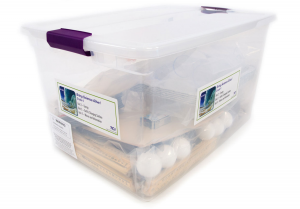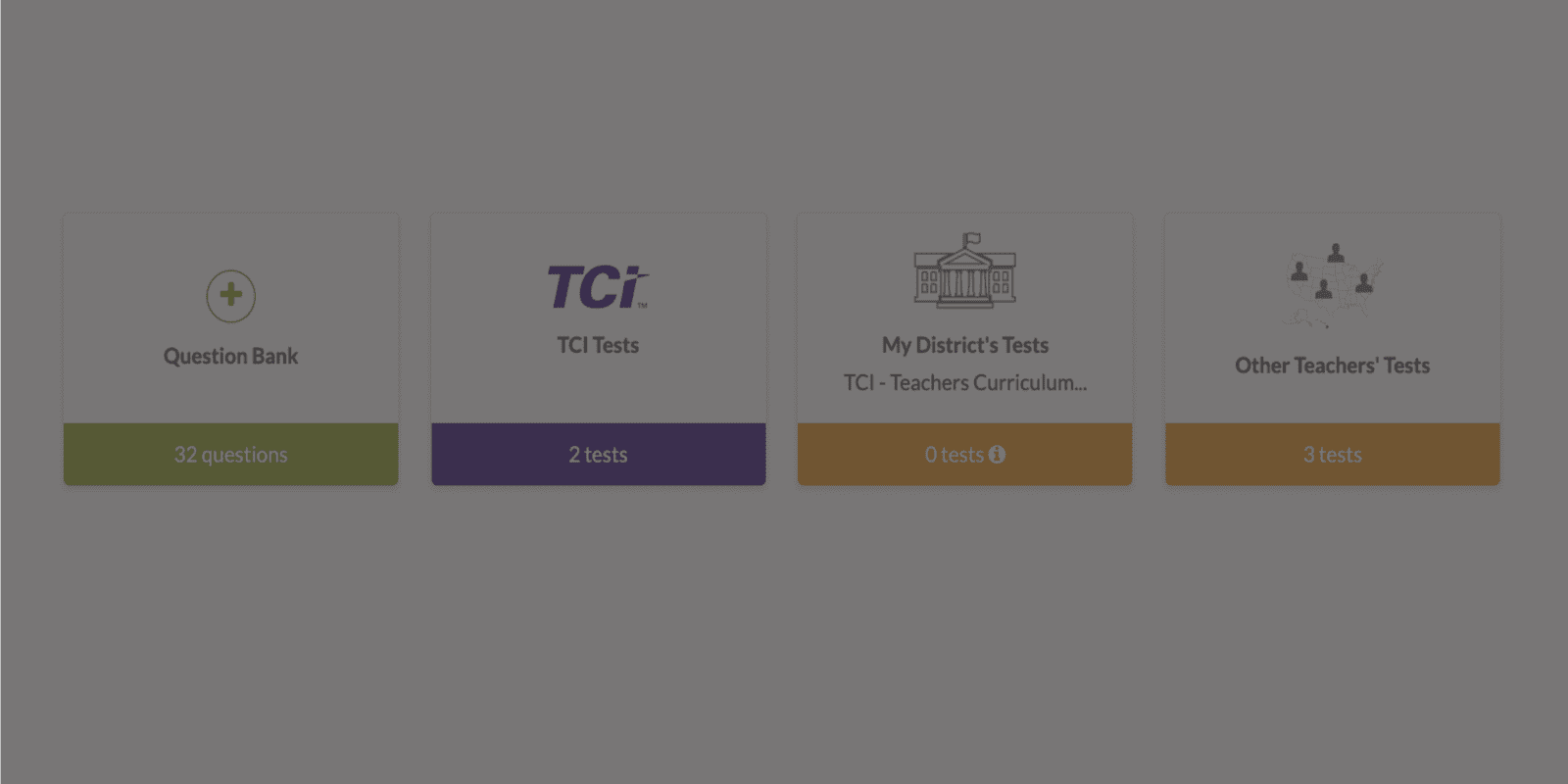Step into Unit 4: Waves and Information to see how a lesson
would unfold in Bring Science Alive!
Unit Anchoring Phenomenon
Each unit begins with a storyline that allows students to dive deep into a real-world phenomenon. The Anchoring Phenomenon encourages students to make connections with the world around them. Students then further explore the phenomenon during the Performance Assessment.
Anchoring Phenomenon: People can communicate using sound waves.
Storyline: Find out about waves and different ways of information can be transferred to create a new communication method
After student watches the anchoring phenomenon video, students begin a KWL chart in their Science Journal. They generate questions for inquiry and return to fill out their charts throughout the unit.
| View in Science Journal (p.3) | How it works online |

Lesson Phenomenon
Each lesson begins with an investigative phenomenon that is used to pique students’ interest and drive instruction throughout the investigation.
Lesson Phenomenon: Water waves can be big and fast enough to surf on.
By the end of the lesson, students will be able to explain the phenomenon.
 |
 |
| View in Science Journal (p. 29) | How it works online |
Three-Dimensional Lesson Investigations
Hands-on investigations allow students to take on the role of scientists and explore real-world problems.
In Lesson 2: What Are Some Properties of Waves? students develop models of waves using string, springs, and containers of water. Then, as a bonus investigation, they model the different properties of waves with objects and with their bodies.
Check for Understanding
At the end of the lesson, students demonstrate what they’ve learned with Show What You Know and Making Sense of Phenomenon.
In unit 4, lesson 2, students answer three questions about the properties of waves and use the Claim-Evidence-Reasoning model to answer the question: What properties can be used to describe an ocean wave?
| View in Science Journal (p. 47-48) | How it works online |
 Engineering
Engineering
|
Each unit contains at least one engineering lesson. In an engineering lesson, students engage in the engineering process to think like an engineer as they solve real-world problems related to the Anchoring Phenomenon. Engineering Challenges engage students to design solutions directly related to Disciplinary Core Ideas. In lesson 6 of unit 4, students act as engineers to design digital devices that send secret messages. They determine which device works best. |
NGSS-Designed Assessments
Each lesson includes a TCI assessment that addresses all three dimensions, uses diverse stimuli, and allows students to express understanding in multiple formats. You can use it as a formative or summative assessment to evaluate students’ ability to explain real-world data and phenomena. Want more flexibility with assessments? You can also create your own, or use shared questions from other TCI teachers.
| View in Print | How it works online |
Super Simple Science

|
Super Simple Science investigations are bite-sized lessons that can be done in 30-mins or less. Each Super Simple Science lesson comes with an engaging lesson video for students to follow along as they conduct them in-class or at home. These lessons are perfect “Fun Friday” lessons and do not require special materials. In lesson 2’s Super Simple Science, students read about stadium wave at sporting events. Then, they create their own wave, video record it, and look for patterns. |

Performance Assessment
Students apply what they have learned in a hands-on Performance Assessment where they are evaluated across the three dimensions.
Unit 4 Performance Assessment: Developing a Communication Method Using Waves
Help Billy understand sound waves by modeling how they work. Then, create a new method of communication that uses other types of waves to send a message.
 |
 |
| View in Science Journal (p. 130-134) | How it works online |


 Engineering
Engineering
